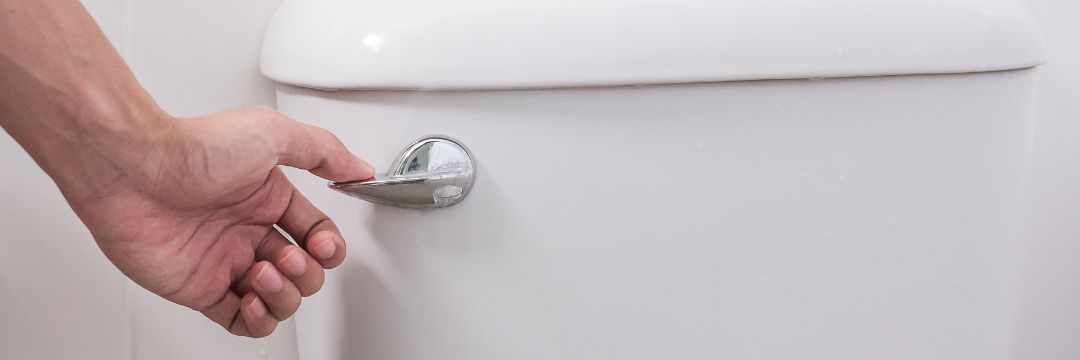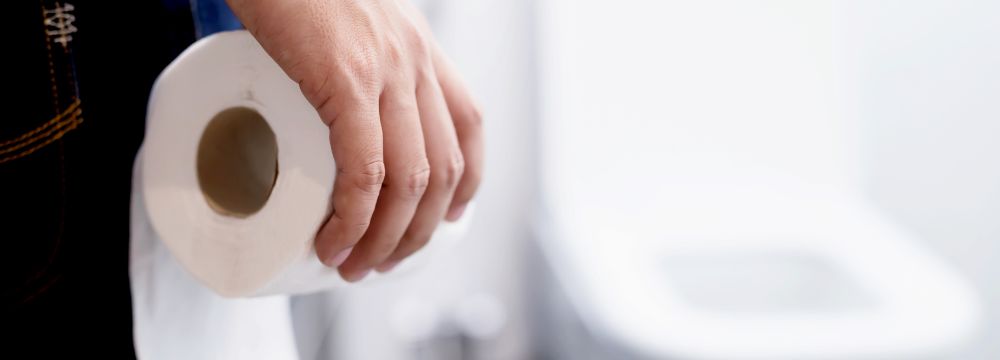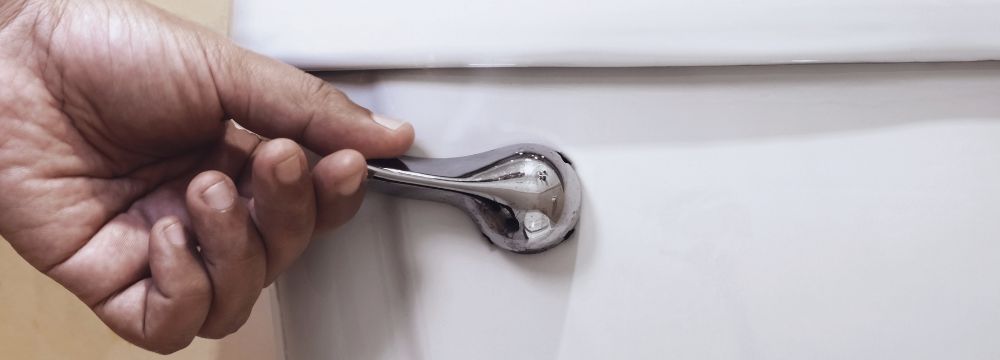
Now that it’s getting warmer outside, kidney stones are becoming more and more problematic. This is a result of a combination of increased heat and the general dehydration that most people experience in the summer. For many of us, kidney stones come with very telltale signs – excruciating pain in the mid to upper back that doesn’t relent. However, not all kidney stones are symptomatic. This is especially true for kidney stones that build within the kidney itself.
A quick primer on kidney stones
Kidney stones are complex formations of crystals created from concentrated urine building up in the kidneys, often due to dehydration, but also because of genetics and family predisposition. Most kidney stones tend to pass rather quickly and without much issue, but if they grow greater than four or five mm in size, they can get stuck in the ureters – the tubes that carry urine from the kidneys to the bladder. At this point, the kidney stones start to block urine from flowing out to the bladder, which forces the kidney to distend and causes the excruciating pain that everyone says is akin to the pain of childbirth.
Kidney stones within the kidney
However, kidney stones can also form within the kidney itself. Because the pain of kidney stones is not related to their jaggedness or even their size, kidney stones can grow very large within the kidney without outward symptoms. We’ve seen kidneys where most of the area is stone and not healthy kidney tissue. Usually, these kidney stones only become symptomatic when they become so large that the kidney begins to fail.
Kidney stones that block proper urine flow can also lead to urinary tract infections within the kidney, and these infections can become chronic when this occurs. This is because the antibiotics cannot reach the infection itself, as the kidney stone is blocking the passage of fluids. These infections are often treated by primary care physicians, who often view them as typical UTIs and may have their patients take chronic antibiotics, which, of course, is not ideal. A simple scan, however, often reveals that the infection cannot be treated effectively with these antibiotics, and in fact, the root cause is the kidney stone.
Kidney stone procedures can be used to treat chronic urinary tract infections (UTIs)
If a large, hard-to-reach stone within the kidney is causing the UTI, a definitive procedure can be employed to eliminate the stone, restore normal urinary flow, and ultimately improve treatments of the UTI once and for all. This procedure is known as percutaneous nephrolithotomy (PCNL), an advanced technique. PCNL begins with a radiologist placing an access port to the kidney in the approximate location of the stone. In a follow-up procedure performed by a urologic surgeon, such as Dr. Natale, we physically remove and pulverize the kidney stone using a small scope and advanced laser or mechanical device. Once the stone has been reduced in size, we can remove it and ensure that the kidney and surrounding structures are 100% stone-free. While more invasive than ESWL or laser lithotripsy, PCNL can treat even the most complex kidney stones that would otherwise be inaccessible using another procedure.
The Bottom Line
If you are experiencing chronic UTIs and find yourself returning to your primary care physician or urgent care too often, be sure to get a referral to a qualified urologist who can evaluate you for any number of possible underlying causes, not least of which are bladder or kidney concerns. We look forward to helping you eliminate those chronic UTIs and get back to your regular life and lifestyle.







